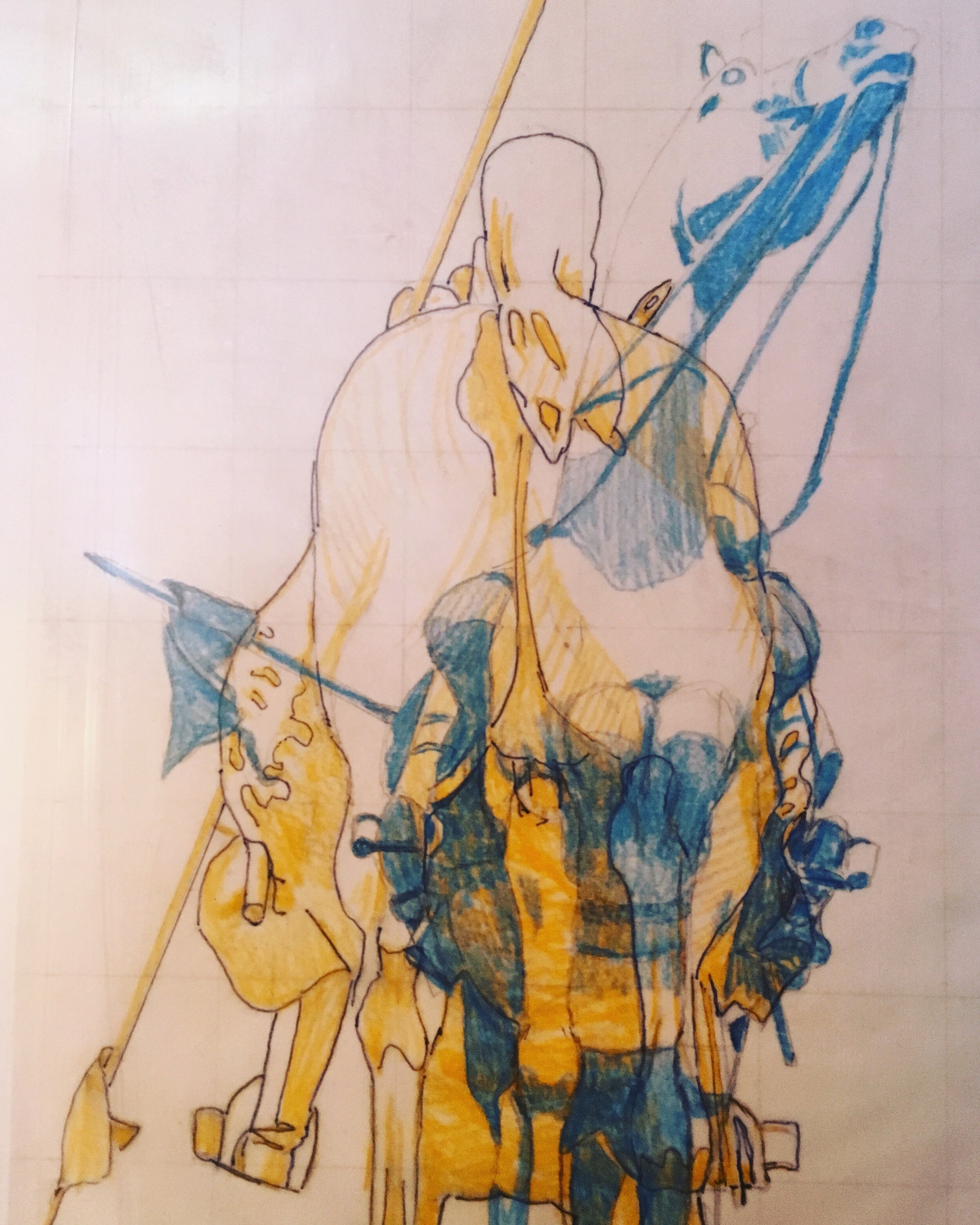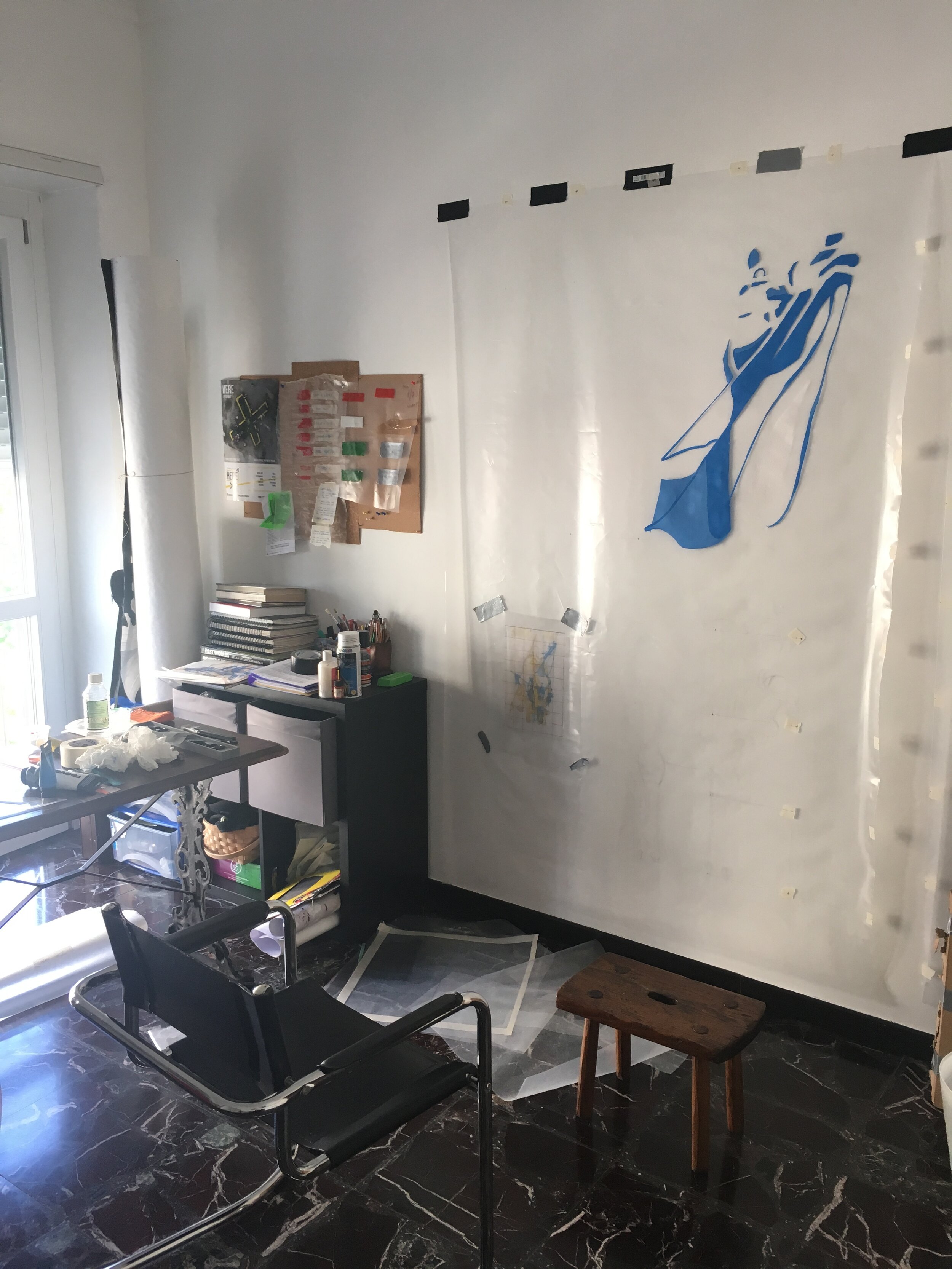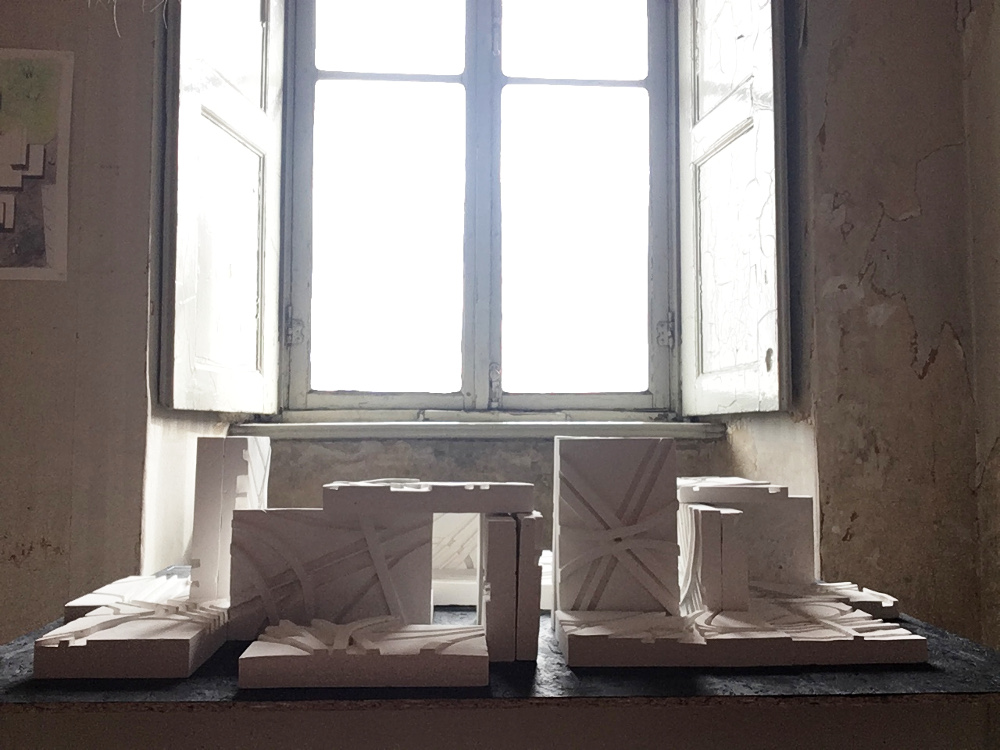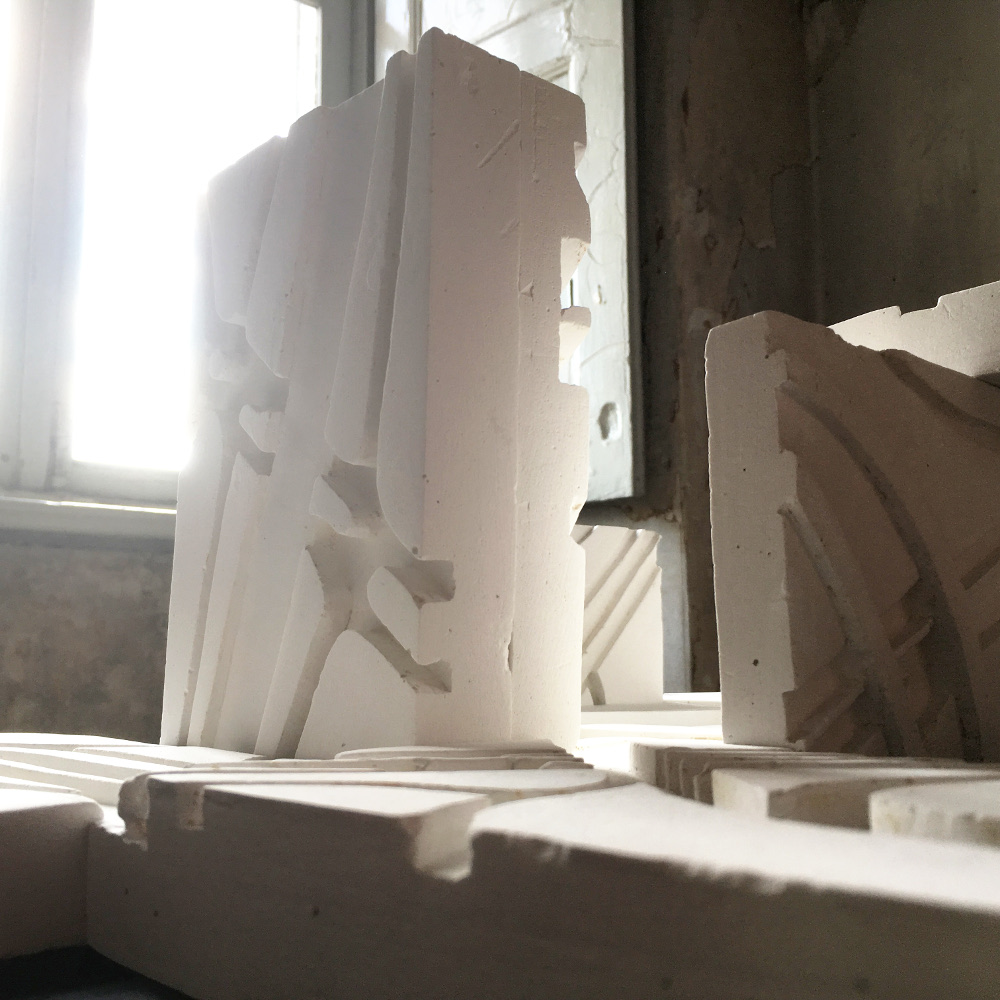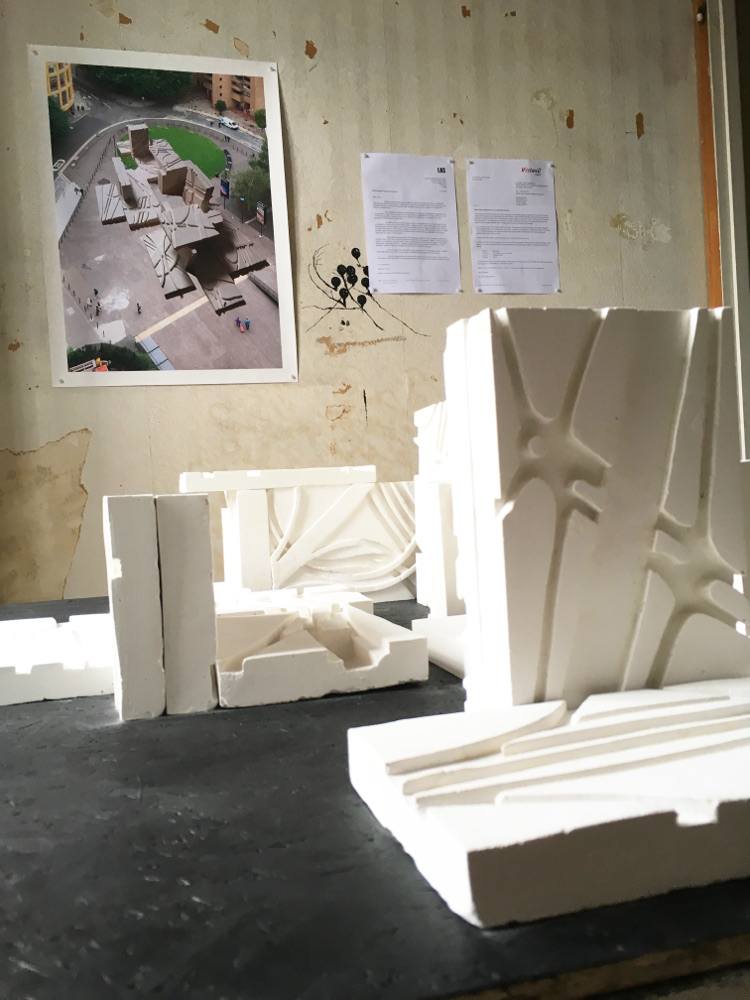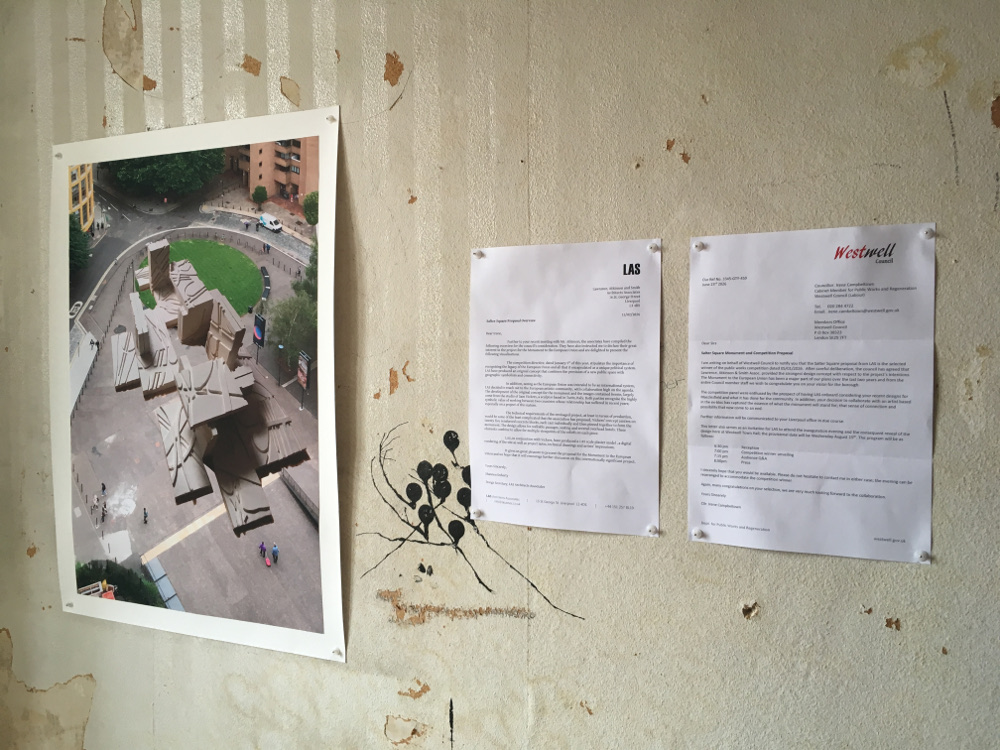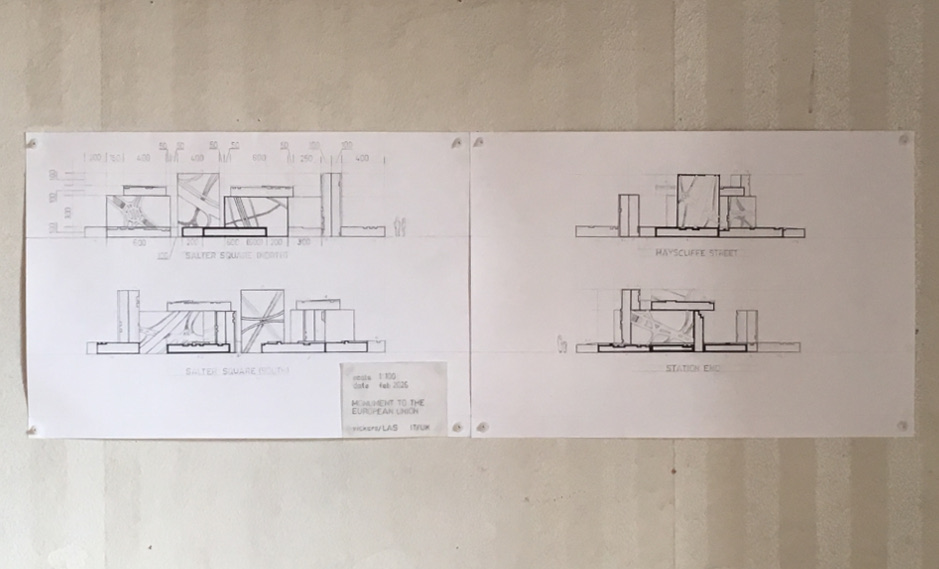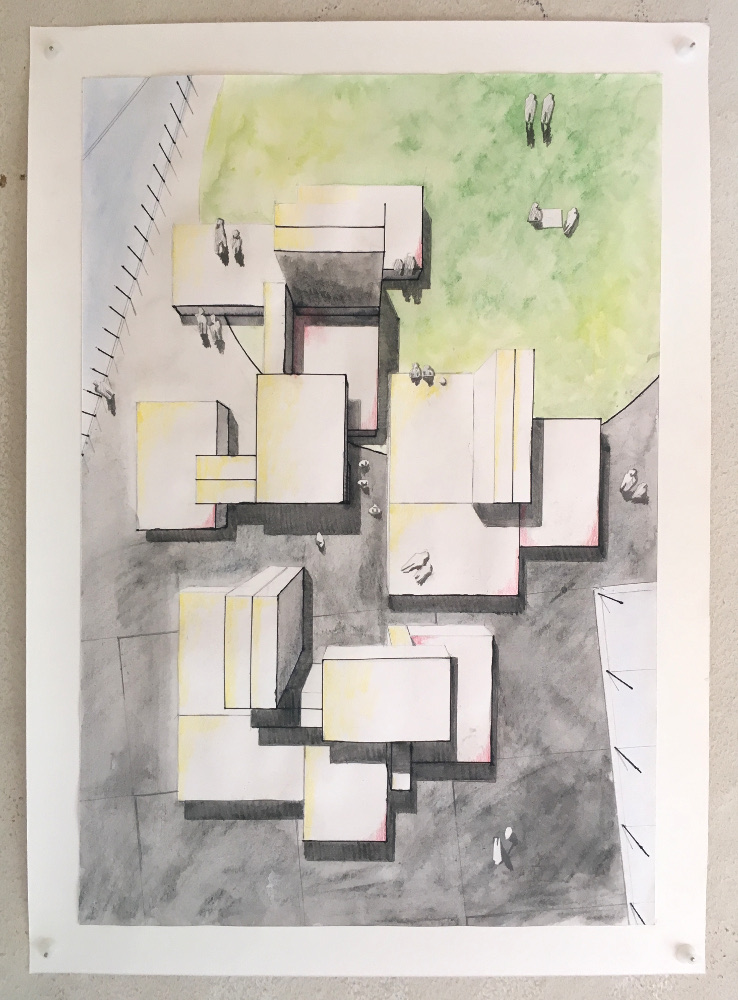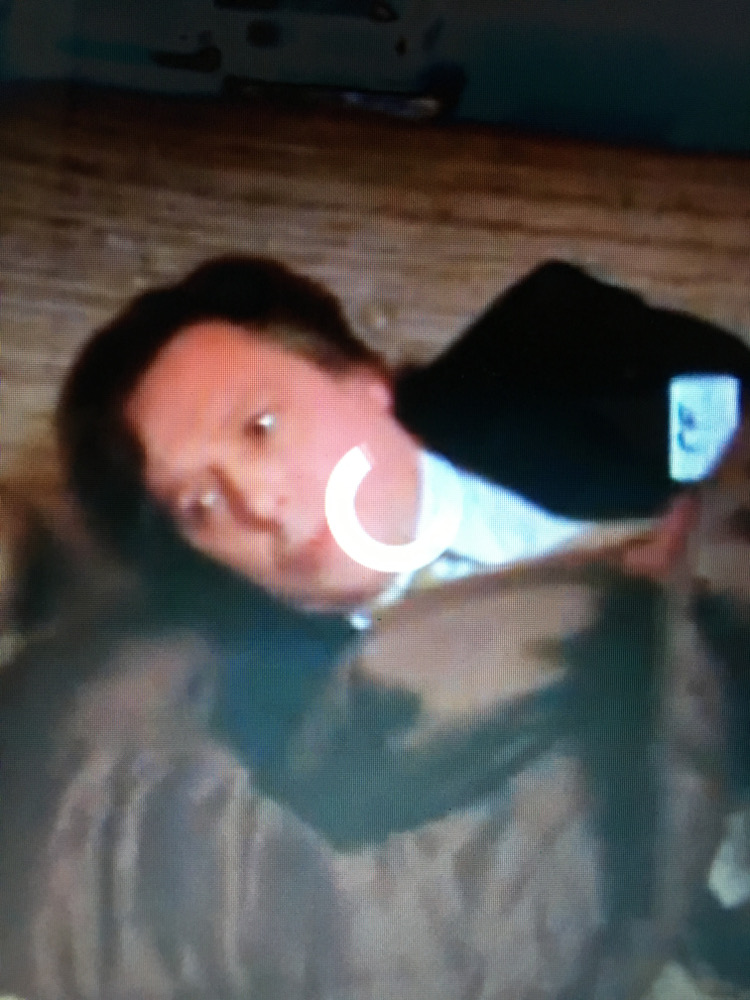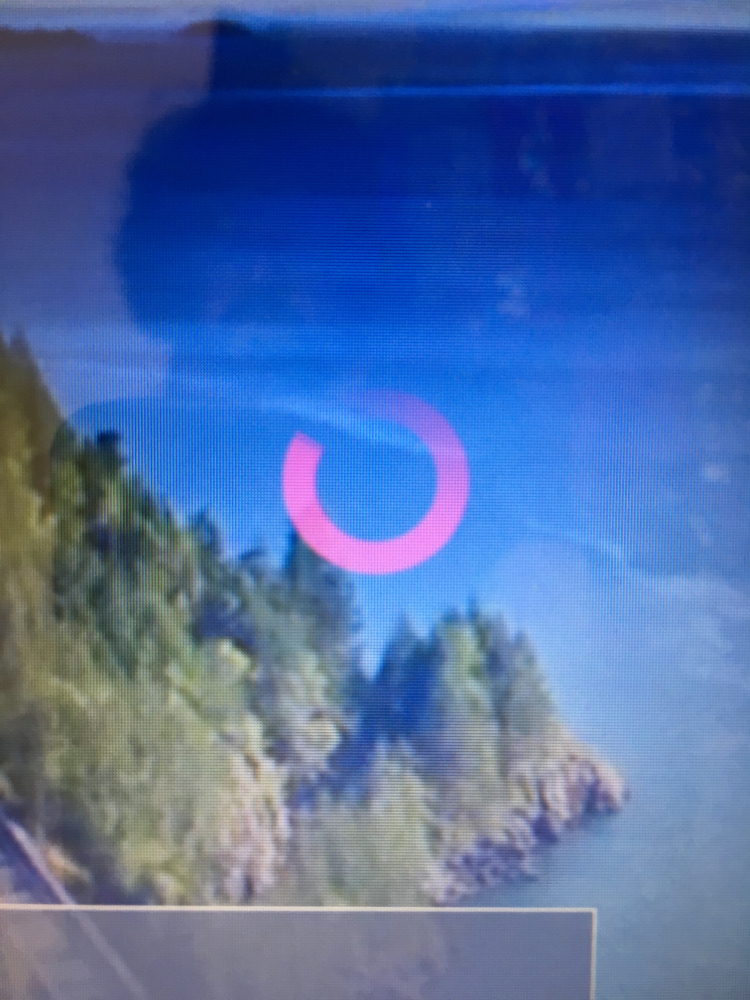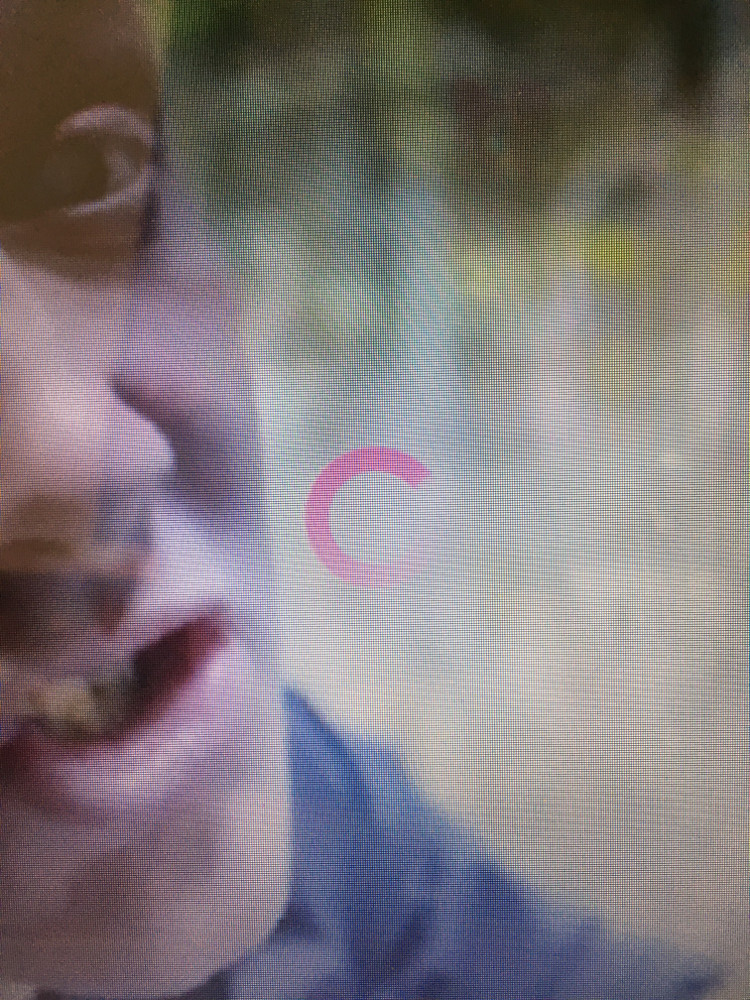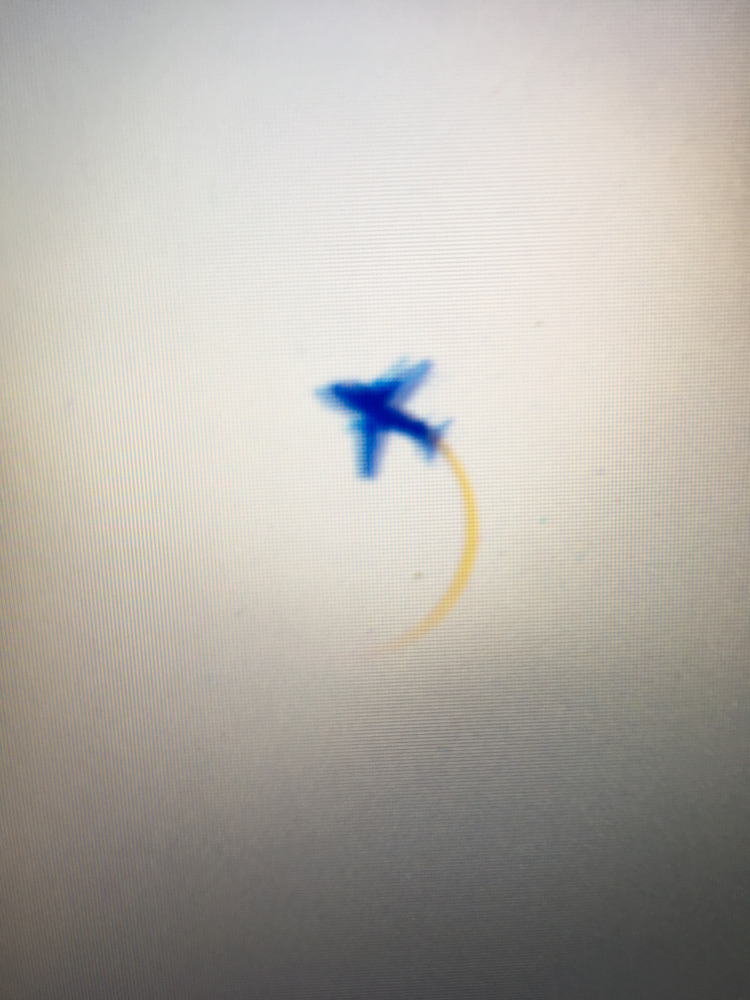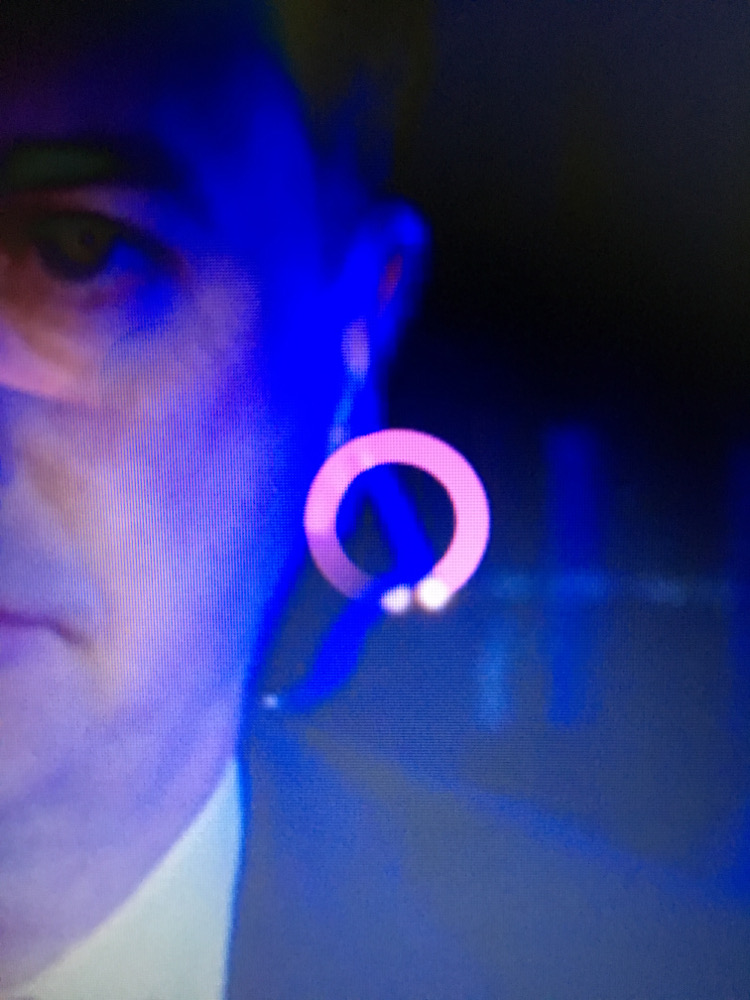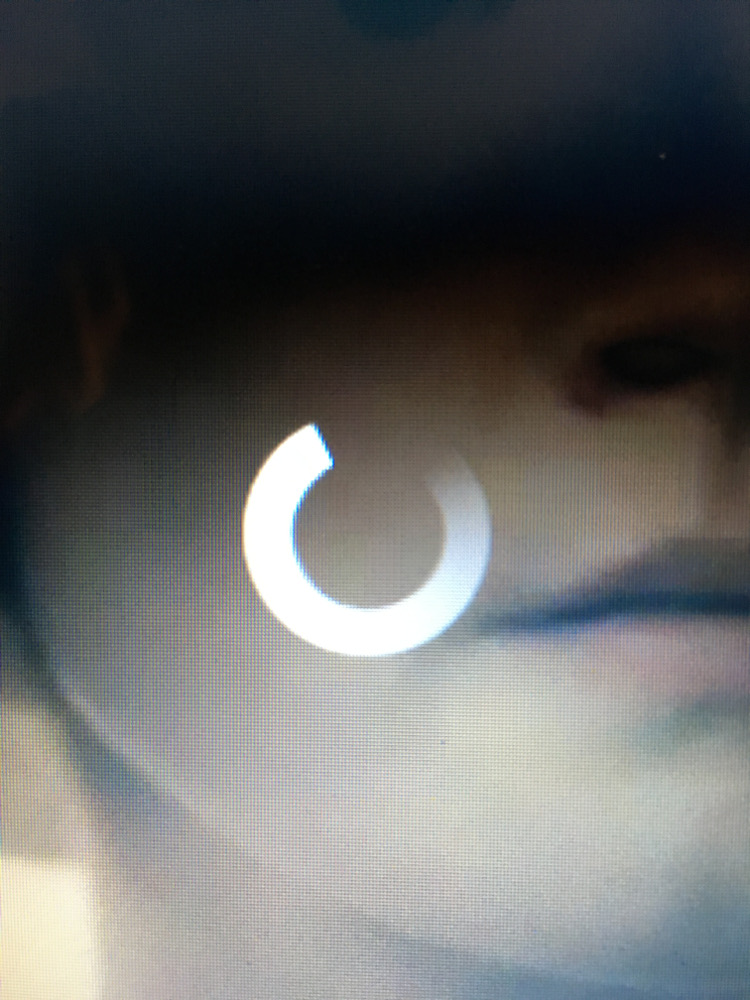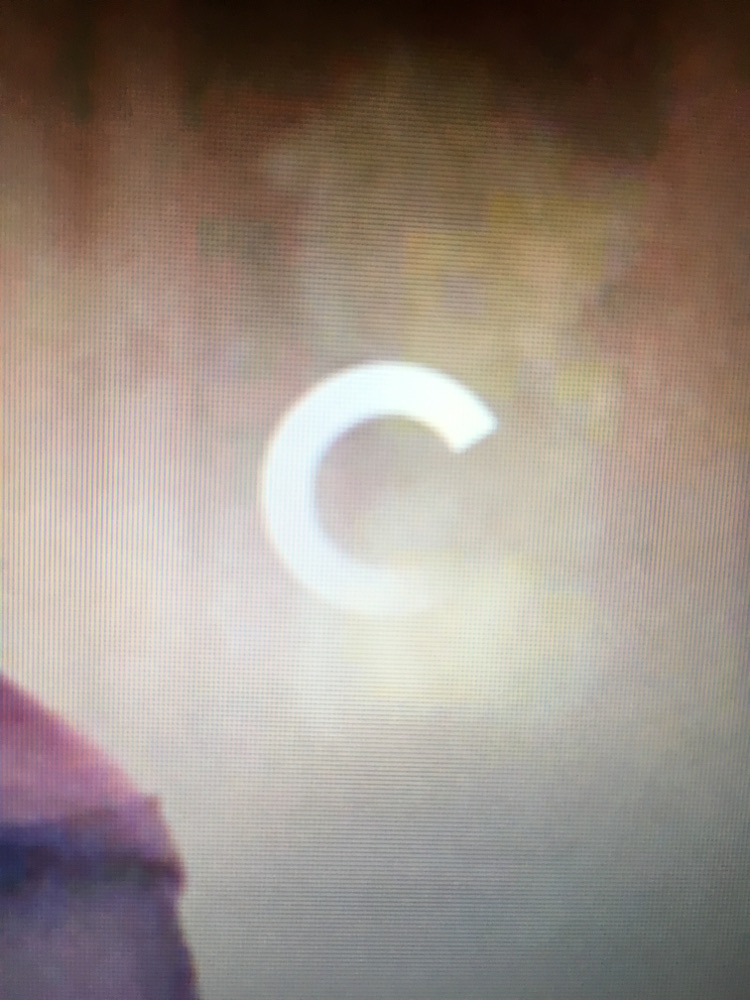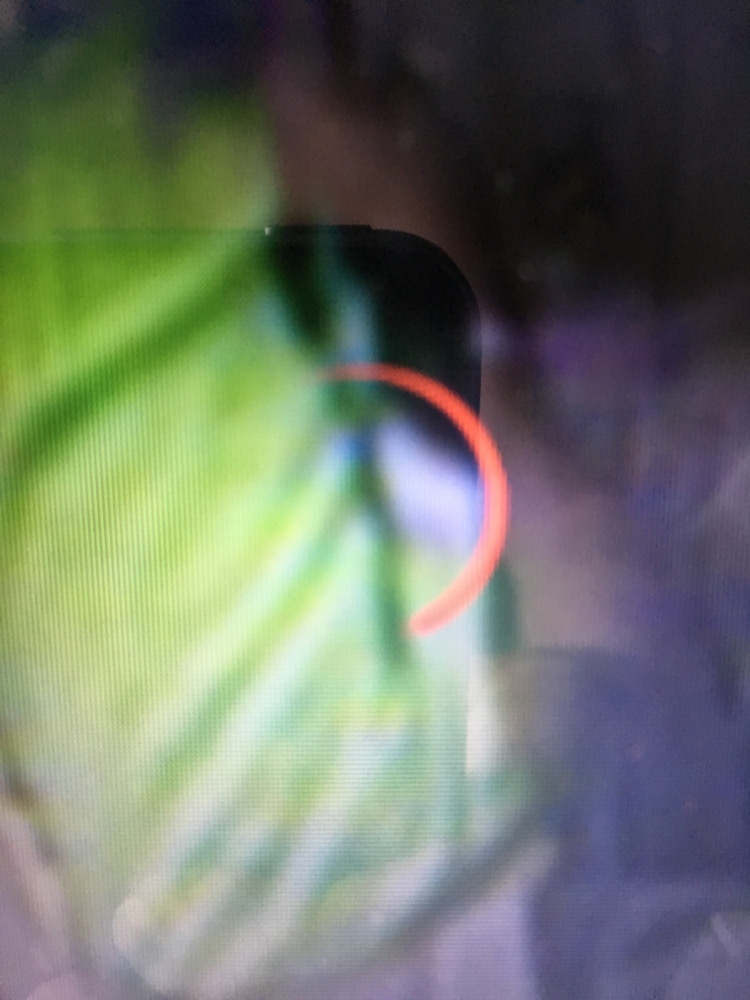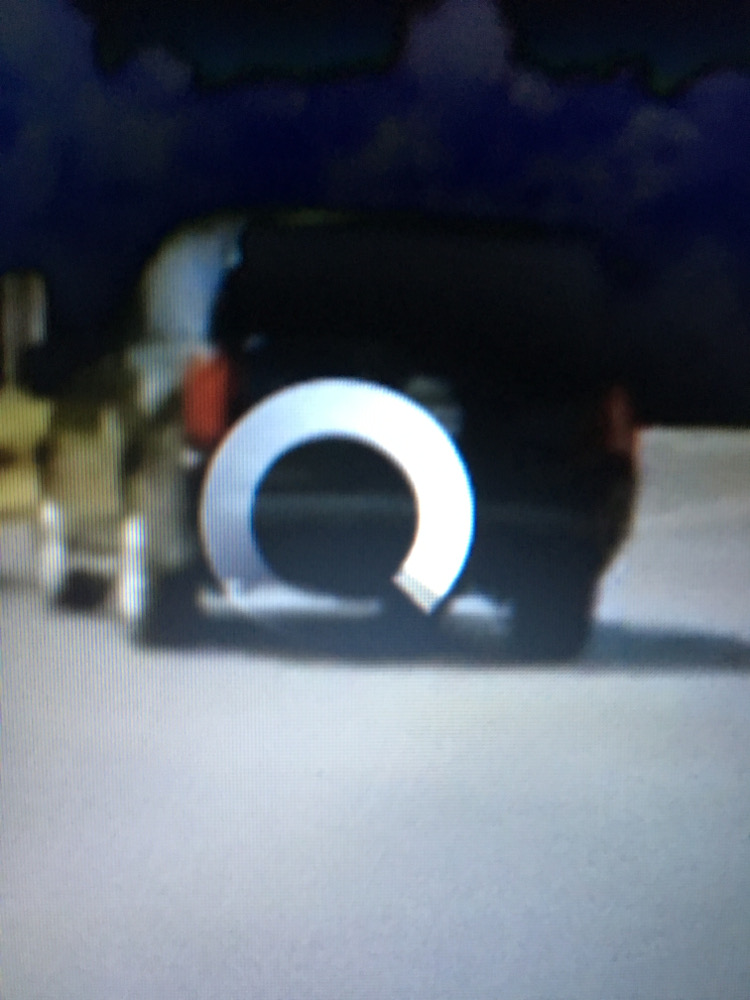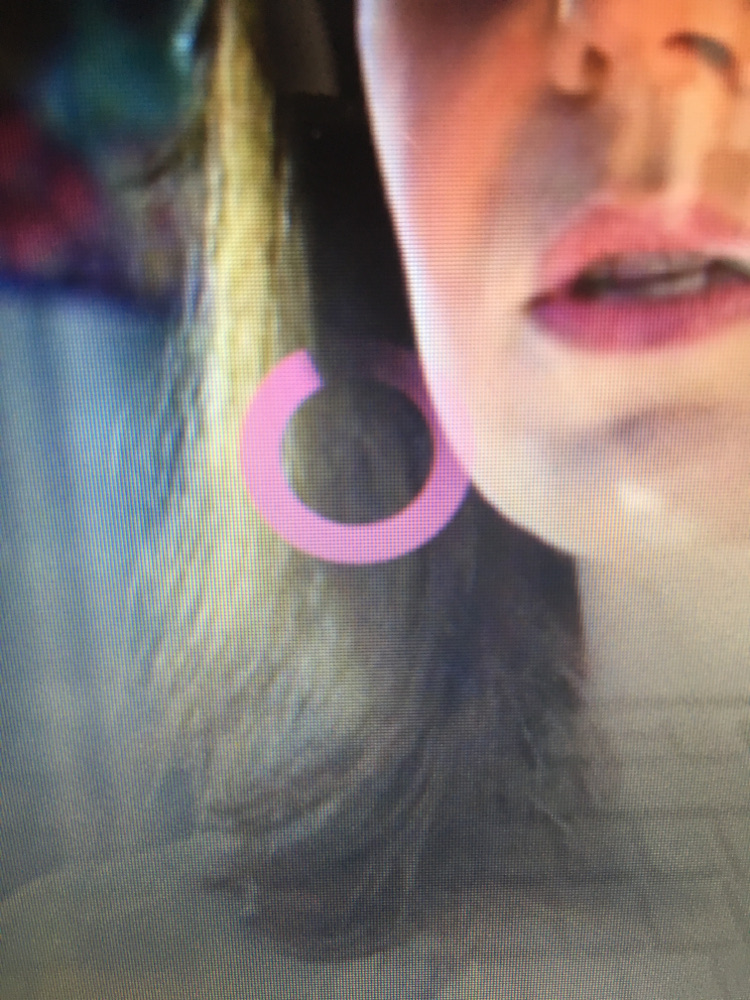First Past the Post
March/April 2020
This video shows the incremental development of my recent piece ‘First Past the Post’ - a ‘real time’ concept painting that investigates the audience, colour theory and decision making.
Background
The premise for this work, in actual fact, arose from some self asked questions relating to something else. Sometime in early March I read the brief for a graphic design competition and produced two different contenders but became stuck as to which one I should submit. After failing to decide I asked a group of colleagues as to which one they liked and went along with whatever was most favoured.
Once I had submitted the work however, certain questions came up regarding what I had asked and the somewhat blind acceptance of the answers. All I had actually sent them was an image and two or three words about the theme of the competition, so how did they reach their final choice given the limited information? Instinct? Guessing? Or did something else influence it?
What really got me thinking is how people’s judgements are connected to facts or instructions. In the end, I thought that it would be fascinating to subvert this and somehow allow the audience to make the decisions that became the work itself. In the sense of what should be done; not what is done. My role as the artist being reduced to that of the maker.
The piece
In order to make the work as simple as possible to the widest possible audience, my idea was to initiate one word responses that could repeat in real time, then translate them into some sort of code for visual representation. The prospect of changing people’s decisions into an abstraction definitely had some legs. But what could people choose from? A shape? A word? In the end, a range of colours seemed ideal in this case and led me to the construction of the rules. Here are some parts of the script from an instructional video, as the project was going out:
“The rules are simple. Pick one colour from the available list of ten, once a day. They range from primary, secondary and more synthetic colours”
“There is no real meaning for these other than that they are the representations of choice and embody the real question that we are asking; is there any connection between what you decide to do when presented with a seemingly unending process of randomisation.”
“Once a colour is selected and sent to me, it is then painted alongside the others for that day in the order that they were voted for. Colours that appear more than once in the poll are grouped together to create dominant blocks.”
The voting process for the artwork was carried out over various social media platforms with each day’s results being painted every morning for thirty six days. As the work progressed past its second week, some interesting patterns began to emerge despite the obvious nature of chance (namely the diagonals that radiates from day 19). Consequently, my thoughts ran to politics and how voting intentions etc. are often analised to the point of visual exhaustion (during election campaigns for example). The manic search for political significance is symptomatic of any poll in that they merely express opinion, but seeing as this artwork has no purpose (other than itself and its own completion) it raises some questions about the power of decision when related to a largely pointless activity. Were my collaborators choosing purely on the basis of aesthetic value or were there other things in play?
A further point to make at this juncture relates to the title. ‘First past the post’ is a political system whereby the first party to achieve a overall majority wins, thus rendering the remaining votes largely irrelevant. The title is a pun on this concept given that all of the votes were gathered through social media posts.
Some screenshots of the voting process
Summary
“A blind man can make art if what is in his mind can be passed to another mind in some tangible form” - Sol LeWitt
I enjoyed producing this work because I had relinquished all control regarding what should be done. For sure, I came up with the rules, the colours (straight from the tube) and the overall style of the piece but not its actual content. As a result, the lack of judgements regarding composition makes it an exponent of Process Art; a way of working which puts how something is made above the end product. To that effect, ‘First Past the Post’ has reaffirmed that my work should continue to go in this direction; the involvement of other people (albeit in this virtual form) gives each individual work a very different feel, despite each one beginning as a set of rules. I also find it interesting that some have now contributed to more than one piece; which now begs the question “Who is the artist?”
Thanks go to:
A.Fitzgerald, C.Pomes, A.Leone, A.Turner, S.Collura, K.Richards, S.Abate, V.Torta, Snitch Publishing, M.Druet, K.Horden, D.Partington, V.Janmeijs, M.Borelli, M.Vickers, B.Newsome, J.Ledger, P.Thomas, L.Leone, D.Vickers, F.Halliday, B.Vickers, R.Magson, J.Inglesi, J.Magson, A.Mew, B.Smith, M.Denitto, J.Lawrance, P.Vickers, M.Kunstler, J.Smith, R.Vickers





